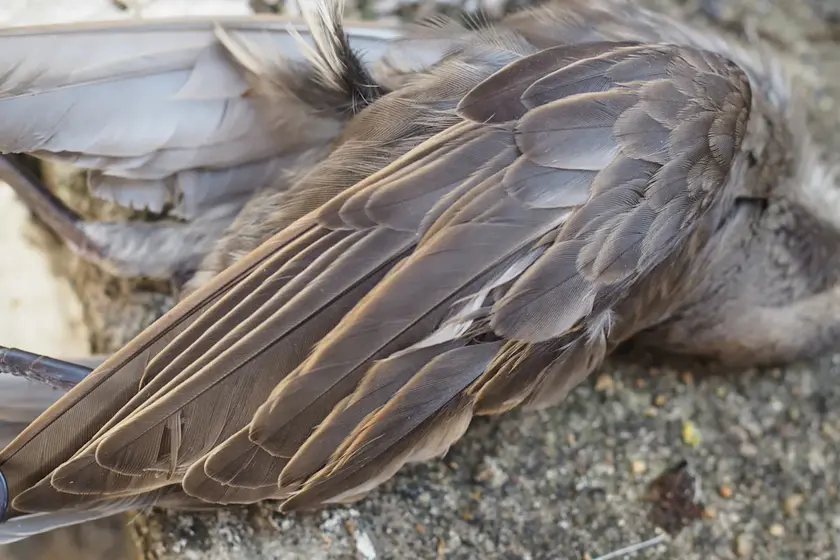T4K3.news
Drones deployed to curb West Nile virus in Utah
Salt Lake City Mosquito Abatement District uses drones to spray a larvicide over wetlands near the airport as West Nile virus activity rises in Utah.
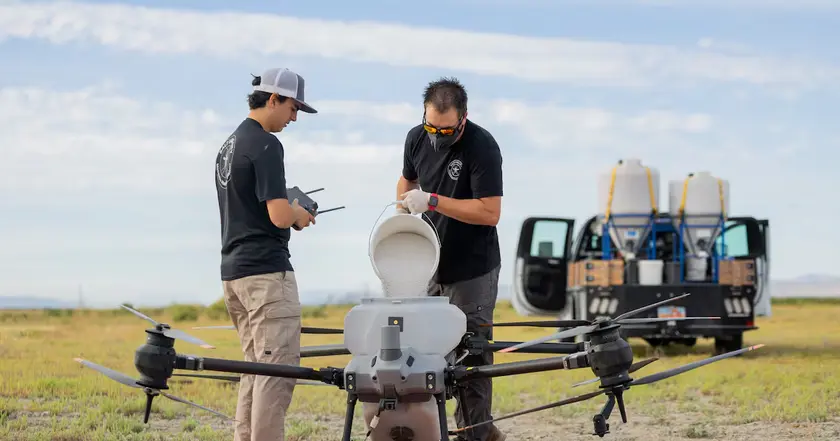
Modern technology aims to keep people safe from West Nile virus.
Drones Fight Mosquitoes in Utah
In Salt Lake City, a three member team from the Salt Lake Mosquito Abatement District uses drones to spray Natular G30 over wetlands near the Salt Lake City International Airport. The larvicide, a spinosad based product, targets mosquito larvae and aims to break the virus transmission chain before adults take to the air. District manager Ary Faraji says the approach combines state of the art tools with hands on field work, a sign that vector control has moved beyond ground crews alone. The operation is part of a wider effort to curb rising West Nile virus activity in several Utah counties and to protect people and vulnerable animals during the warm season.
Disease data from the Utah Department of Health show West Nile virus present in pools across Bear River, Davis County, Salt Lake County and Utah County. In a year to date count, Davis County tested about 2,585 pools and nearly 225,000 mosquitoes, with 11 positives. In the past week, 367 pools were tested and eight tested positive in Davis County. Officials say surveillance remains intense as temperatures rise and wetlands grow. The district also uses mosquitofish, released to pond users, as a natural control to reduce larvae. Public health officials remind residents to use repellent, wear long sleeves, and treat clothing with repellent when outdoors.
Key Takeaways
"Mosquitoes are highly adaptive and hungry"
Faraji describing the challenge of mosquitoes
"This is a modern day approach to fighting one of the world’s most ancient species"
Describing the method
"They are using an innovative technology that takes modern state of the art applications to kill mosquitoes"
Description of approach
Drones are changing how cities fight pests. They offer a safer, faster way to reach marshy areas and applications that once required long outdoor treks. Still, the tool comes with questions about cost, maintenance, and how it affects non target species. Utah shows a careful balance between high tech and on the ground work, with fish hatcheries and local districts playing a role in a broader strategy. For sustained impact, funding and transparent reporting will be crucial so the public trusts the method as much as the result.
This moment reflects a broader trend in public health. Technology is becoming a standard part of the toolbox, from sensors to aerial spraying. As climates shift and habitats change, the mix of drones, data, and community measures could become the norm. The key test is keeping the human element clear: clear goals, open communication, and careful oversight to prevent overreliance on any single solution.
Highlights
- Drones bring a new line of defense against mosquitoes
- This is technology meeting public health on the ground
- Innovation turns pilots into pest scouts
- West Nile will test our patience and our data
Public health drone operations and environmental risk
The use of drones to apply larvicides raises questions about environmental impact on non target species, regulatory oversight, and long term effectiveness against West Nile virus. Ongoing surveillance and transparent reporting will be key to maintaining public trust.
The future of public health may rely on tools that blend science with daily life.
Enjoyed this? Let your friends know!
Related News
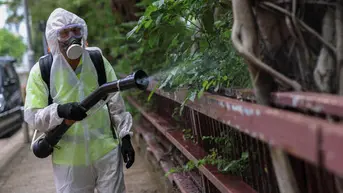
Chikungunya outbreak forces new tactics in Foshan
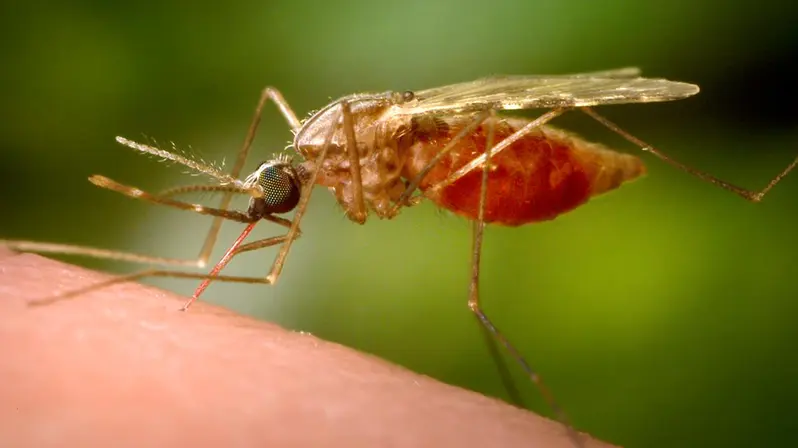
West Nile testing in DC
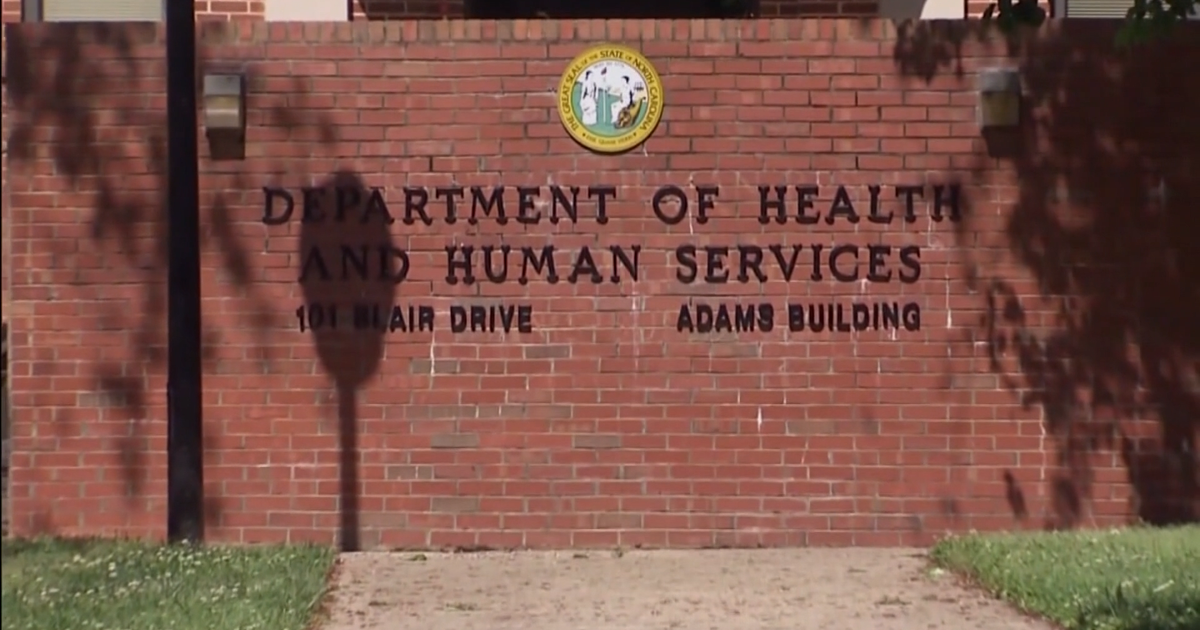
First West Nile virus case reported in North Carolina
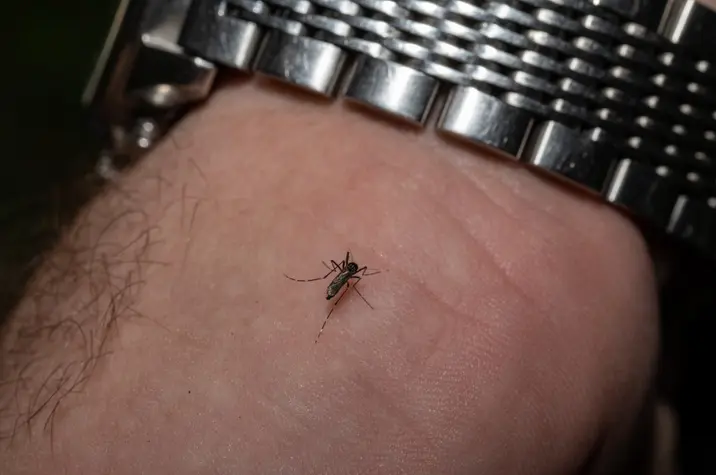
First West Nile death confirmed in Colorado
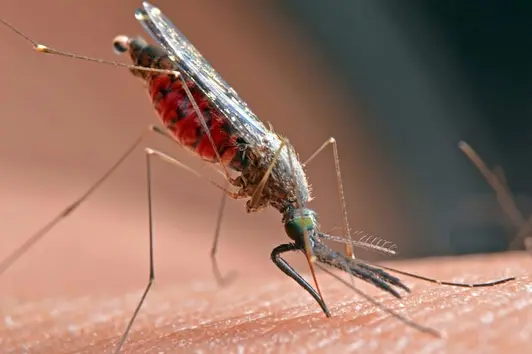
West Nile virus detected in Philadelphia mosquitoes
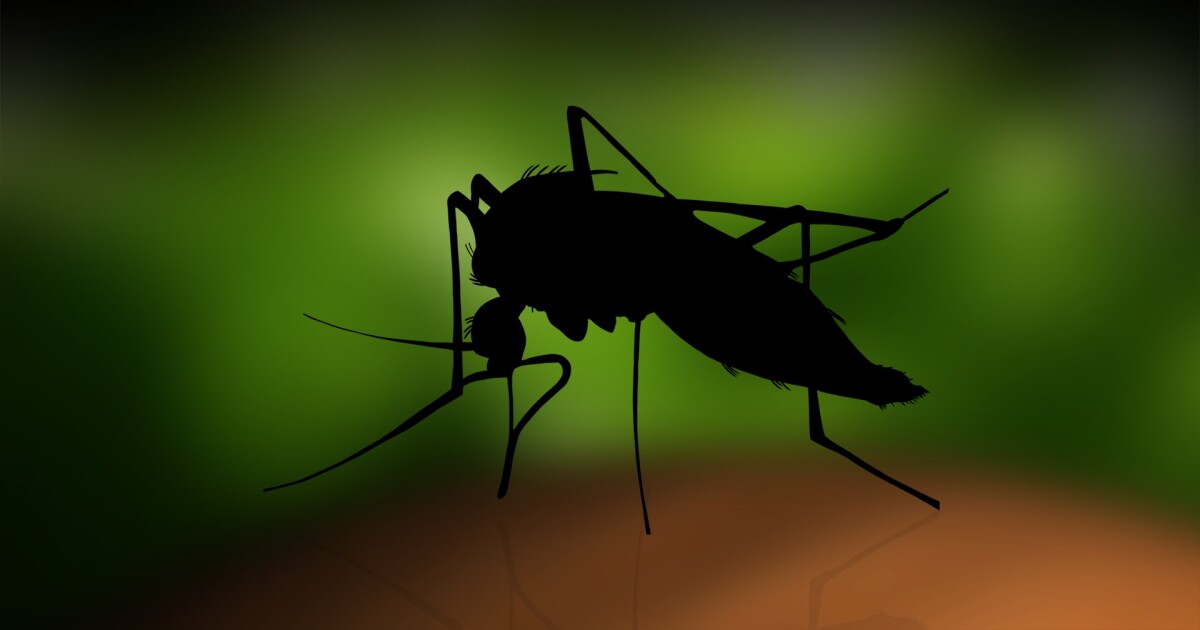
First West Nile virus death reported in Maricopa County
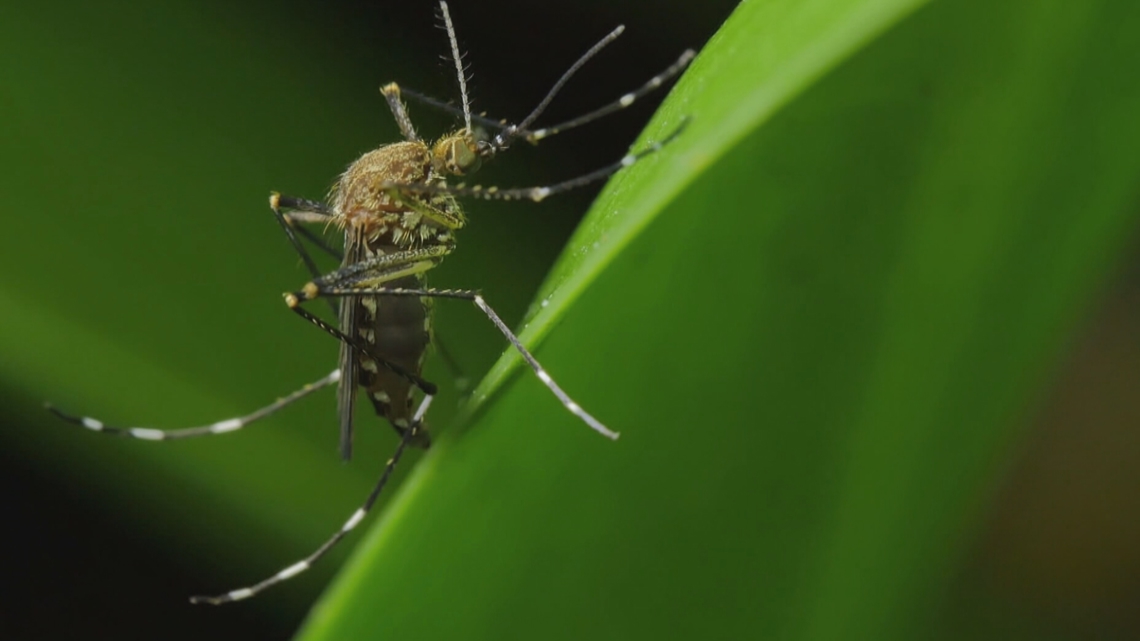
West Nile virus cases rise in Twin Cities
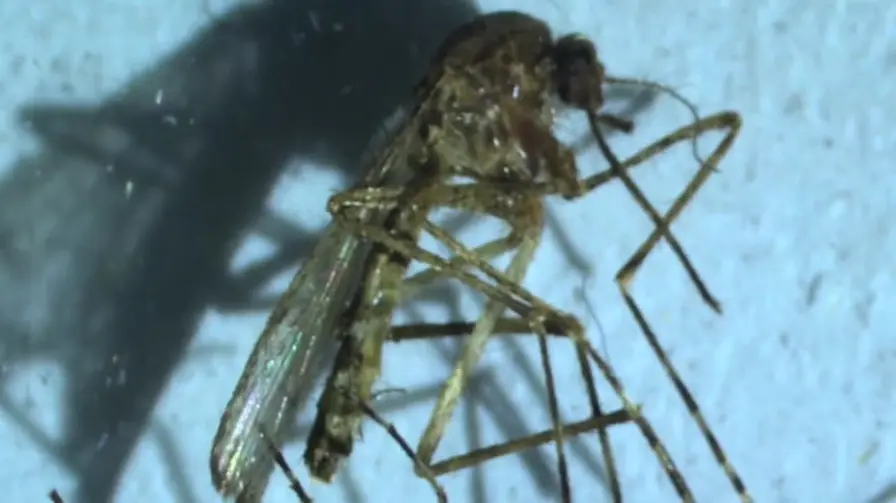
West Nile Virus cases rising sharply in Minnesota
